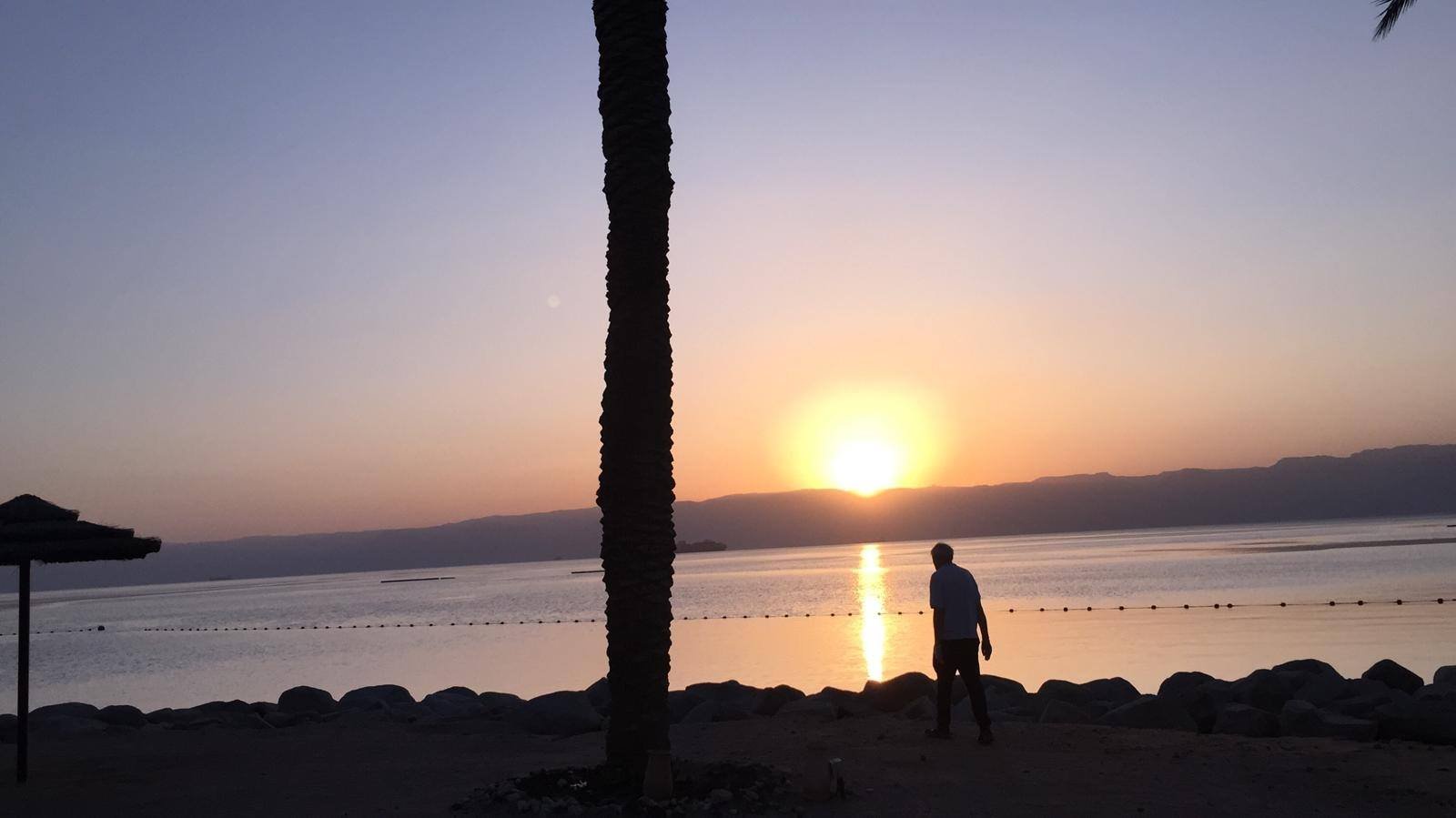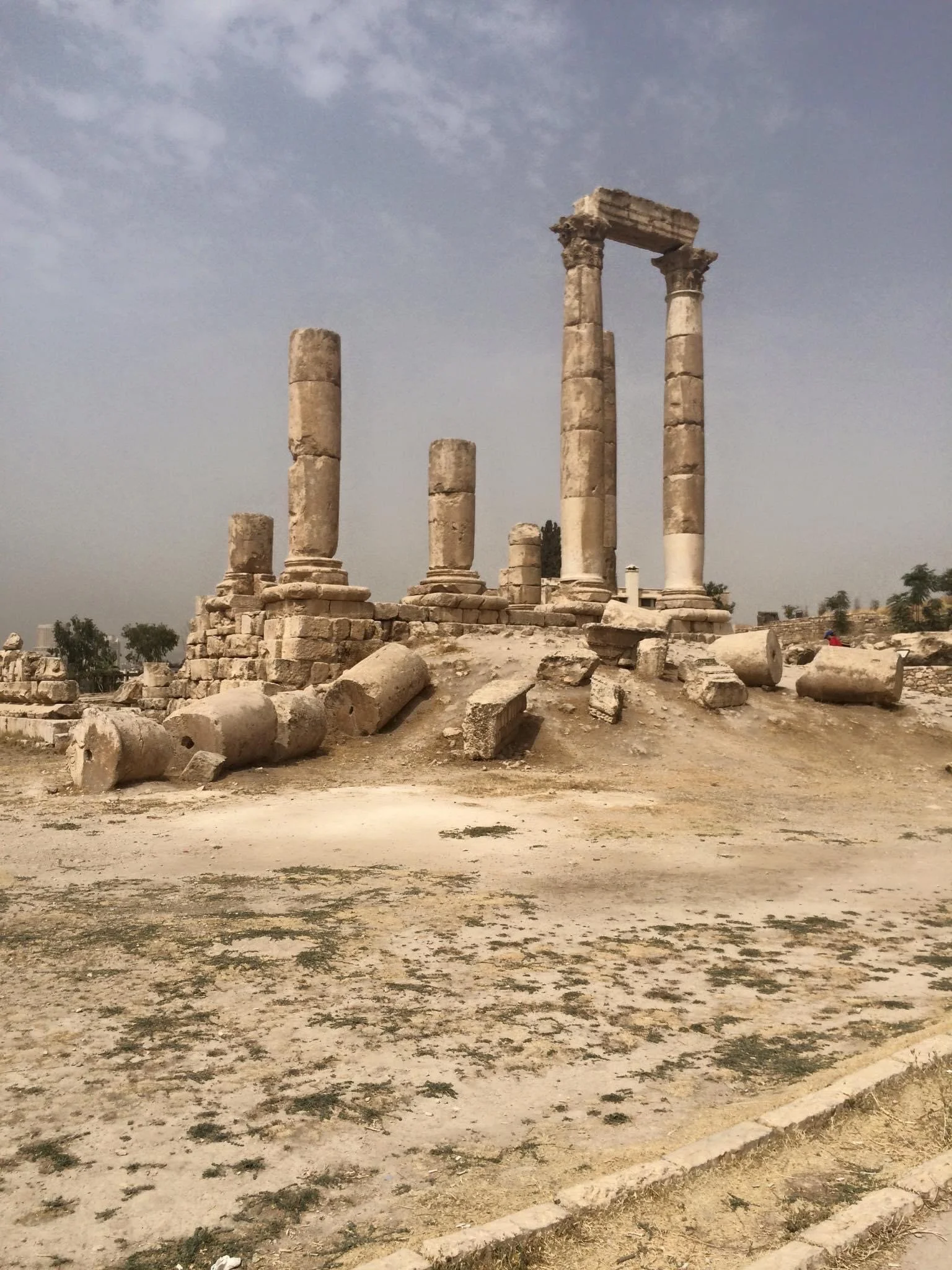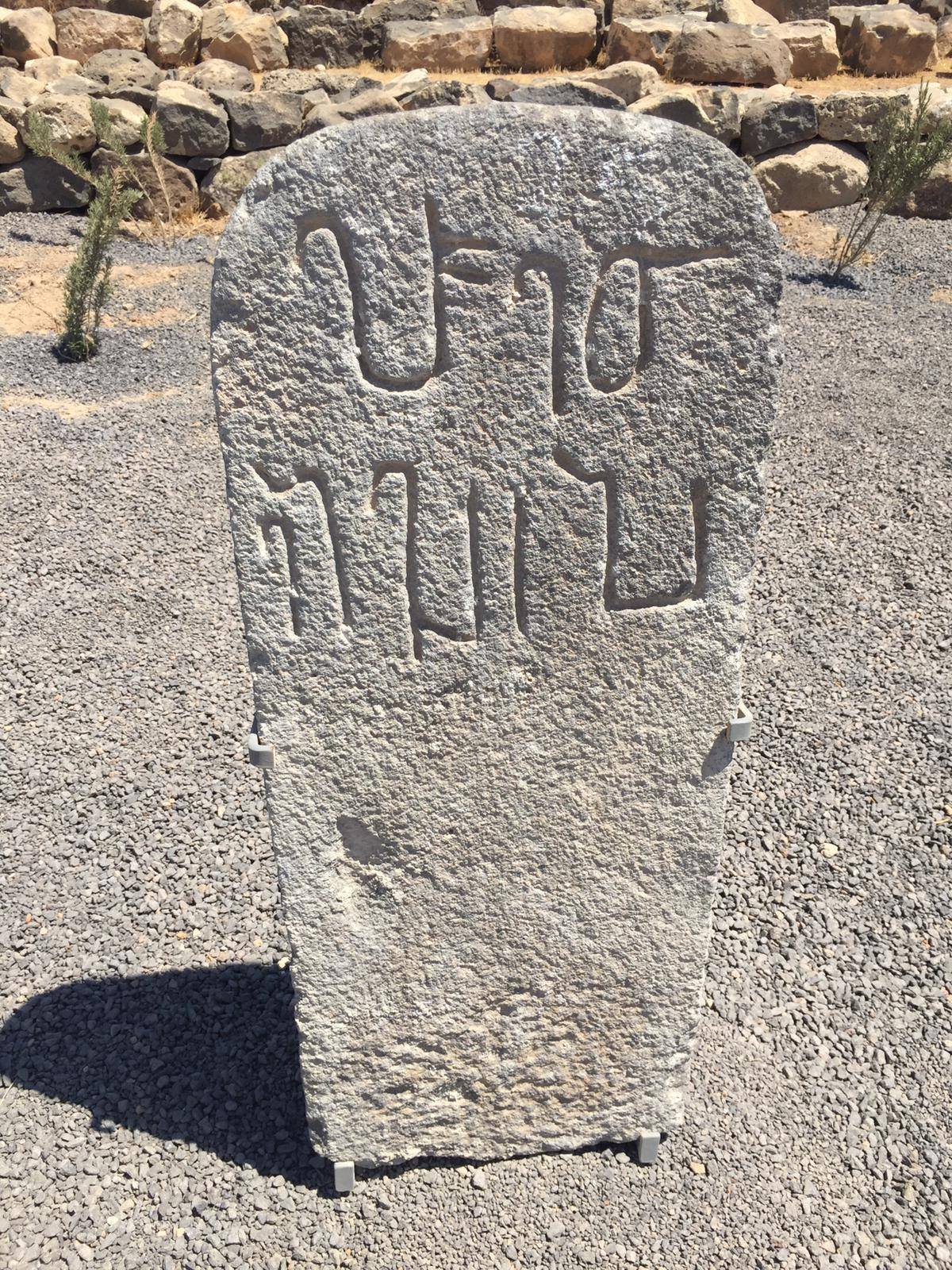
Projects Completed and Ongoing
The emerging dialect of Amman: a study in New-Dialect Formation
Funded by The Leverhulme Trust Major Research Fellowship (MRF-2016-075)
Research Associates:
Dr Areej Al-Hawamdeh, Jarash University (data transcription and analysis)
Nadia Naffa (data collection)
Synopsis:
The research investigates new-dialect formation in Amman, Jordan. It traces the formation of this new dialect from inception to stabilisation over three generations, spanning a period of approximately the last eighty years. The study is based on empirical data, collected through interviews with 120 speakers. This study provides a model for the investigation of dialect contact and koineisation in other bourgeoning conurbations elsewhere in the Arab World. The complete analysis will appear in a forthcoming monograph.
Photo: The Citadel, Amman
Religious Affiliation, Language Variation and National Identity in the Middle East
Funded by British Academy/Leverhulme SRG (SG160689)
Co-investigators: Maria Fanis, Uri Horesh, Bruno Herin
Synopsis
The increased social salience of religious affiliation in Jordan has transformed religion from a community signifier into a sociolinguistic variable (Al-Wer et al 2015). This project is based on research in five locations in north and central Jordan. Our interpretation of the results connects language variation across religious groups to national identity formation in the Middle East. We view religion as a contributor to a more complex social construct; in essence as a mutable category – sensitive to the socio-political context. We argue further that the emergence of differentiation along religious lines is reflective of profound political transformations in the Jordanian society.
Photo: With Mrs Fatima Gharaibeh and her granddaughter, Fieldwork in Horan Jordan 2019
Language and identity: the Circassians and the Chechens in Jordan
Funded through the Essex Research Promotion Fund
Synopsis:
The Circassians and the Chechens are relatively small but influential communities in the history of Jordan. The immediate impact of this research has been to provide an empirically based sociolinguistic profiles of these communities. More widely, the research addresses the issue of the relationship between ethnic identification/ethnic allegiance and language maintenance. The findings from this study corroborate the generalisation that ethnic allegiance is often a poor indicator of ethnolinguistic vitality. Crucially, the study analyses the effect on language maintenance/shift of lesser known factors, especially the effect of the internal social structures of communities (tribal versus class systems).
The findings appear in a published article (Al-Wer 1999).
Photo: Crocus at Wadi Rum, Jordan
Phonological Variation in the Speech of Women from Three Urban Areas in Jordan
PhD thesis, University of Essex, 1991. Supervised by Professor Peter Trudgill FBA
Synopsis:
The thesis is based on large scale research in three Jordanian cities (Sult, Ajloun and Kerak) and a sample of 107 speakers, representing three age cohorts and three educational categories. Within the framework of Variation Theory, the analysis focuses on variation and change in the use of four phonological variables, and presents a model of linguistic diffusion which incorporates spatial and social factors. The findings from this research are presented in four published articles (Al-Wer 1997, 1999, 2002 & 2003).
Photo credit: Ehab Hiasat, Architect
Ongoing Research
The Linguistic Heritage of Jordan
Research Associates:
Yousef Al-Sirour, Al Bayt University, Jordan
Dr Areej Al-Hawamdeh, Jarash University
Context of the Project:
Recent publications in the field of Arabic linguistics have strengthened the case for viewing Arabic dialects as the building blocks of understanding the history of Arabic (Owens 2006; Owens 2013). More specifically, research conducted by, inter alia, Al-Jallad (2015) and Macdonald (1994) on the Safaitic inscriptions discovered in the Harrah, a basalt desert between Jordan and Syria, concludes that the original home of Arabic is located within the borders of today’s Jordan-Syria, rather than the Arabian Peninsula. Safaitic is the earliest attested form of written Arabic, representing a “dialect continuum of Old Arabic, spanning from the southern Levant to northwest Arabia.” (Al-Jallad 2019: 343). It is quite plausible that the traditional dialects of Jordan are the closest descendants of this ancient form of Arabic. My project will advance our understanding in this important field of enquiry. The availability of empirically based detailed descriptions of the dialects of Jordan will make it possible to evaluate this genealogical relation and will provide crucial synchronic comparative data. In this respect, the project makes a unique and valuable contribution to the study of Semitic languages in general.




